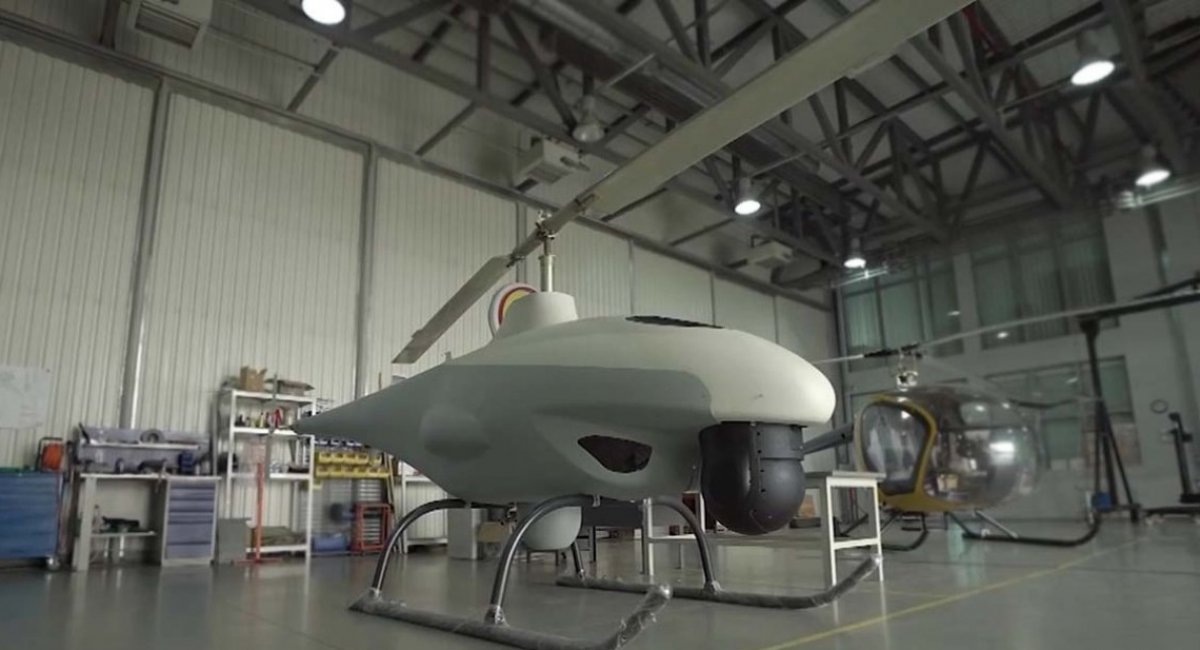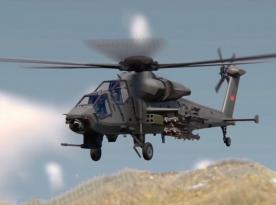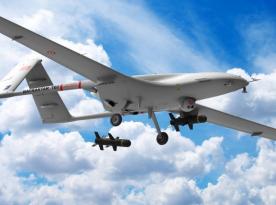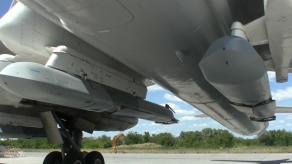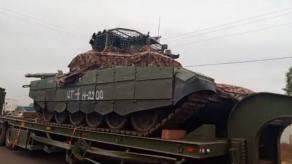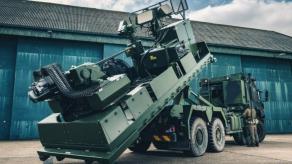PrAT Ramzay, a Ukrainian private defense contractor, has continued developing the country’s first indigenous unmanned combat helicopter.
The drone has been designed with a payload capacity of 200 kg, inclusive of half of that load for precision-guided missiles, PrAT Ramzay told Security Talks in an interview hosted by Valentyn Badrak.
Read more: Private Company Ramzay has Developed an Attack Helicopter Drone
Missile guidance will be done assisted by the advanced weapon/fire control kit PrK-R-21, which is a compact-size version of the PrK-R-11 system, itself a follow-on evolution to the renowned 524R missile fire control kit used on attack helicopters.
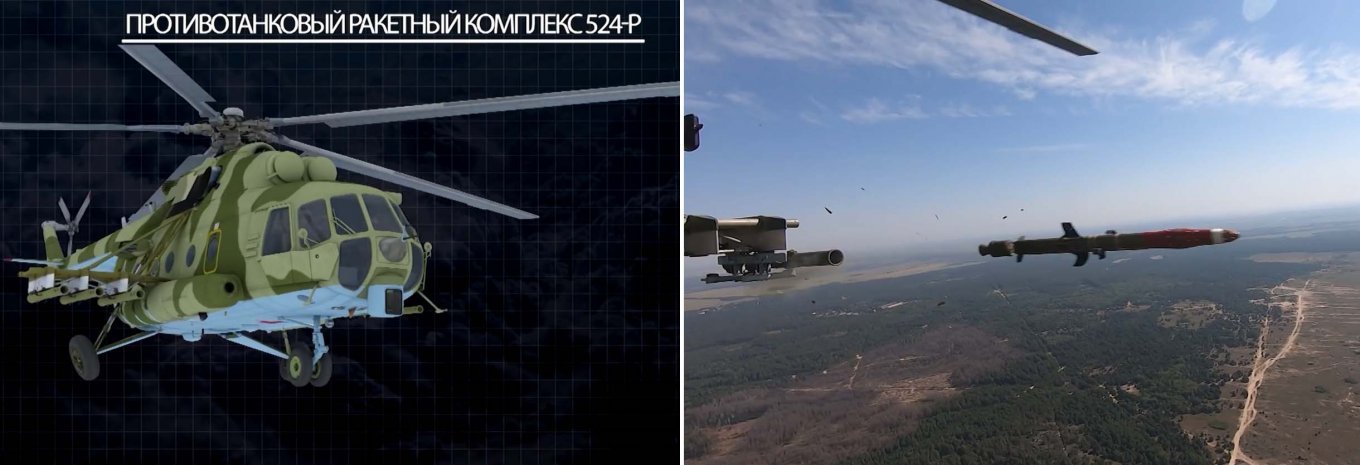
“This kit comprises Ramzay’s proprietary autopilot system, weapons control system, a high-tech, stabilized weapon platform fitted with three TV camera sensors, laser sensor, laser range finder, and thermal imaging sensor to facilitate the aiming and guidance of precision-guided munitions,” Yuri Polyovyy, PrAT Ramzay CEO told Security Talks.

524R, in its baseline configuration, has day/night capabilities for guidance and control of two RK-2V/Barrier-V ATGM missiles that can reach targets out to 7,500 m and are guided by a semi-automatic laser homing seeker, with the laser beam focused on the tail of the missile.
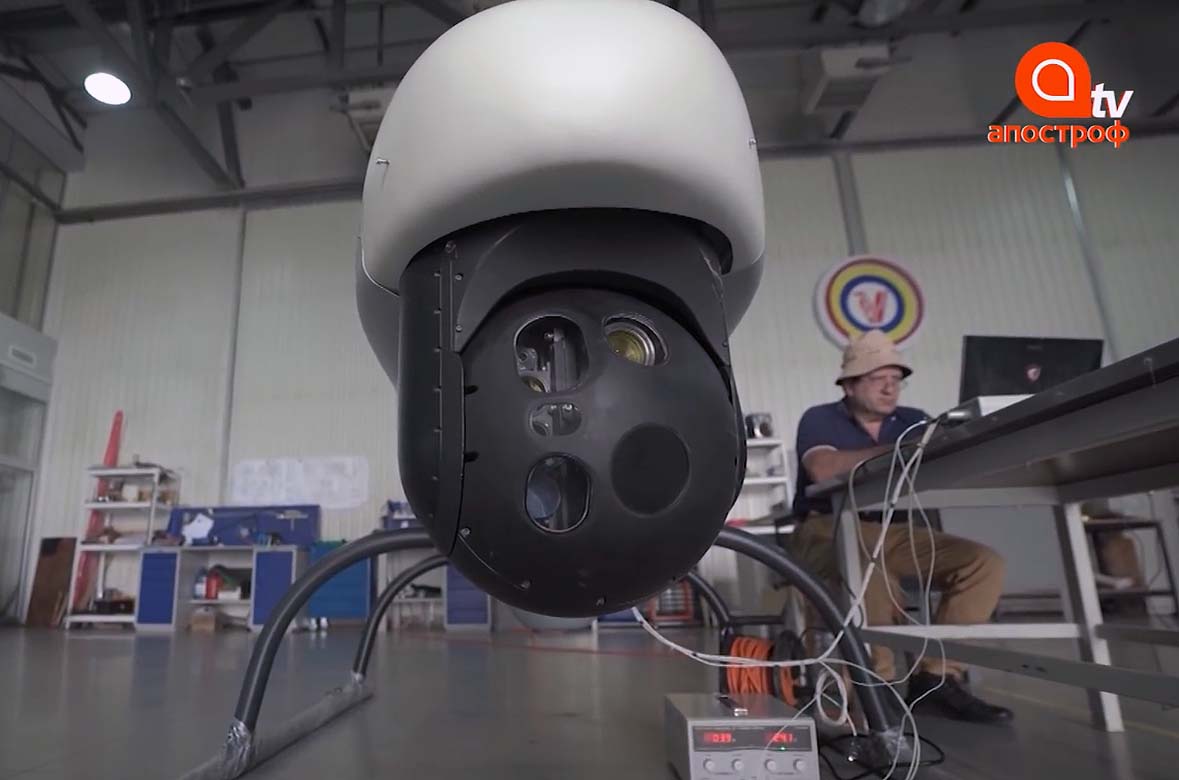
PrK-21 can also support a conventional laser homing technique where the missile follows the trajectory of target-reflected laser beam, making it compatible for use with laser-guided projectiles of NATO armies.
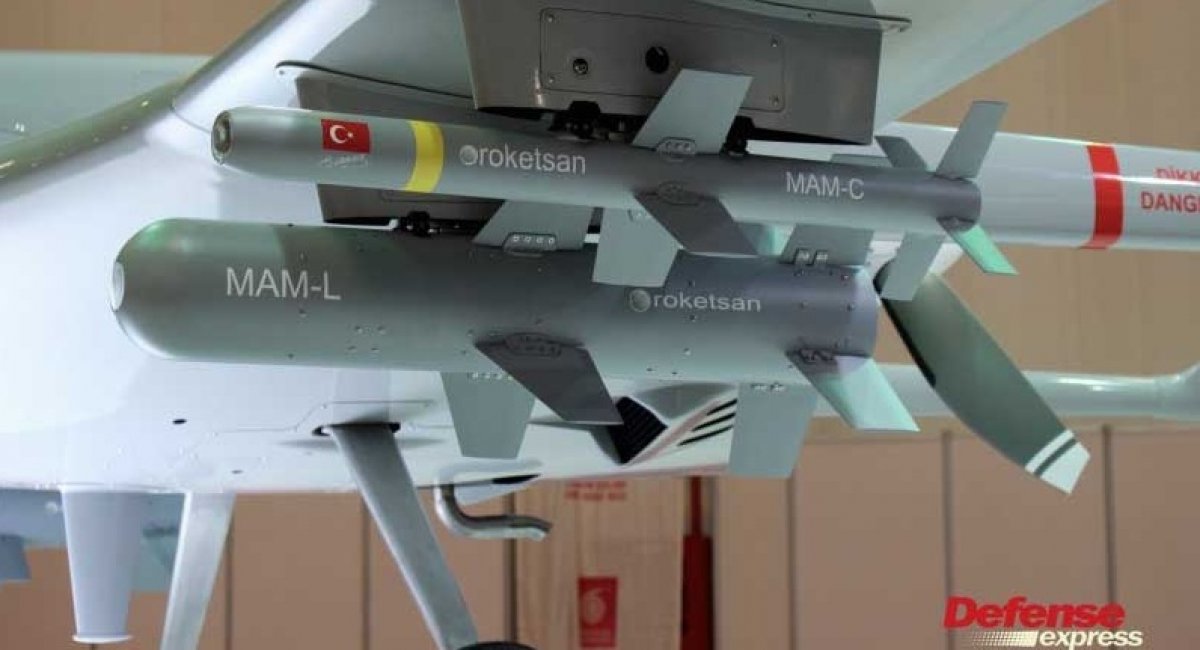
Laser target illumination technique is used for guidance and control of Roketsan MAM-c MAM-L munitions fielded on Turkey’s Bayraktar TB2 UCAVs and of guided versions of U.S.-developed, 70-mm HAP Hydra 70 missiles with semi-active laser seekers.

A similar technique is employed for control and guidance of “heavier”, helicopter-launched ATGMs like Turkey’s UMTAS or U.S. AGM-114 Hellfire.
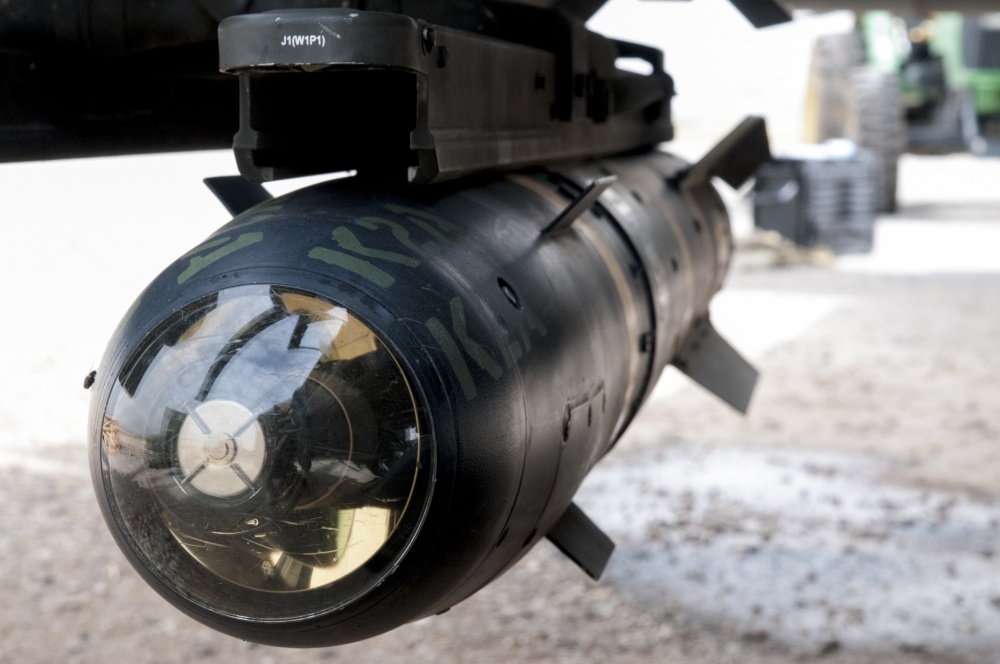
“We can even today take onboard [the drone] the currently existing, NATO standard weapons with laser homing seekers. Our immediate plans are to develop similarly guided rocket munitions that would be as cost effective as possible, “ Mr Polyovyy has said.
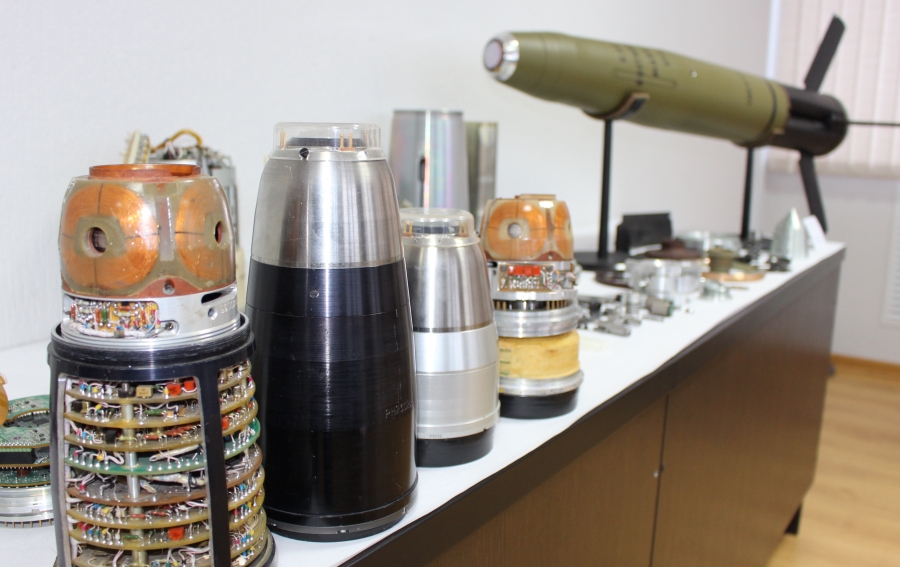
Ukraine has a certain amount of knowledge and experience in developing missiles that use laser illumination guidance, yet the country currently doesn’t have its indigenous laser homing missiles in full-rate series production.
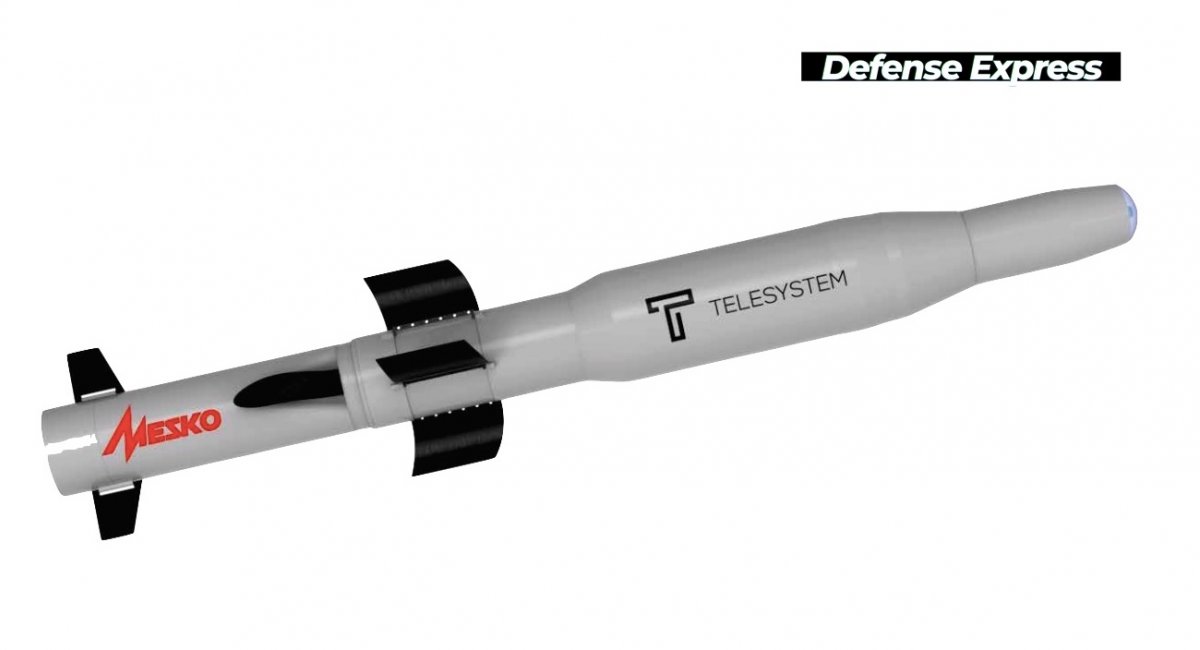
Here the talk is about the 152/155 mm semi-active laser guided artillery round Kvitnyk and the Polish-Ukrainian ATGM Pirat that integrates Polish-developed seeker head with the Ukrainian developed RK-3 Korsar ATGM.
Read more: Ukraine's brand new combat UAV debuts at IDEX 2021




